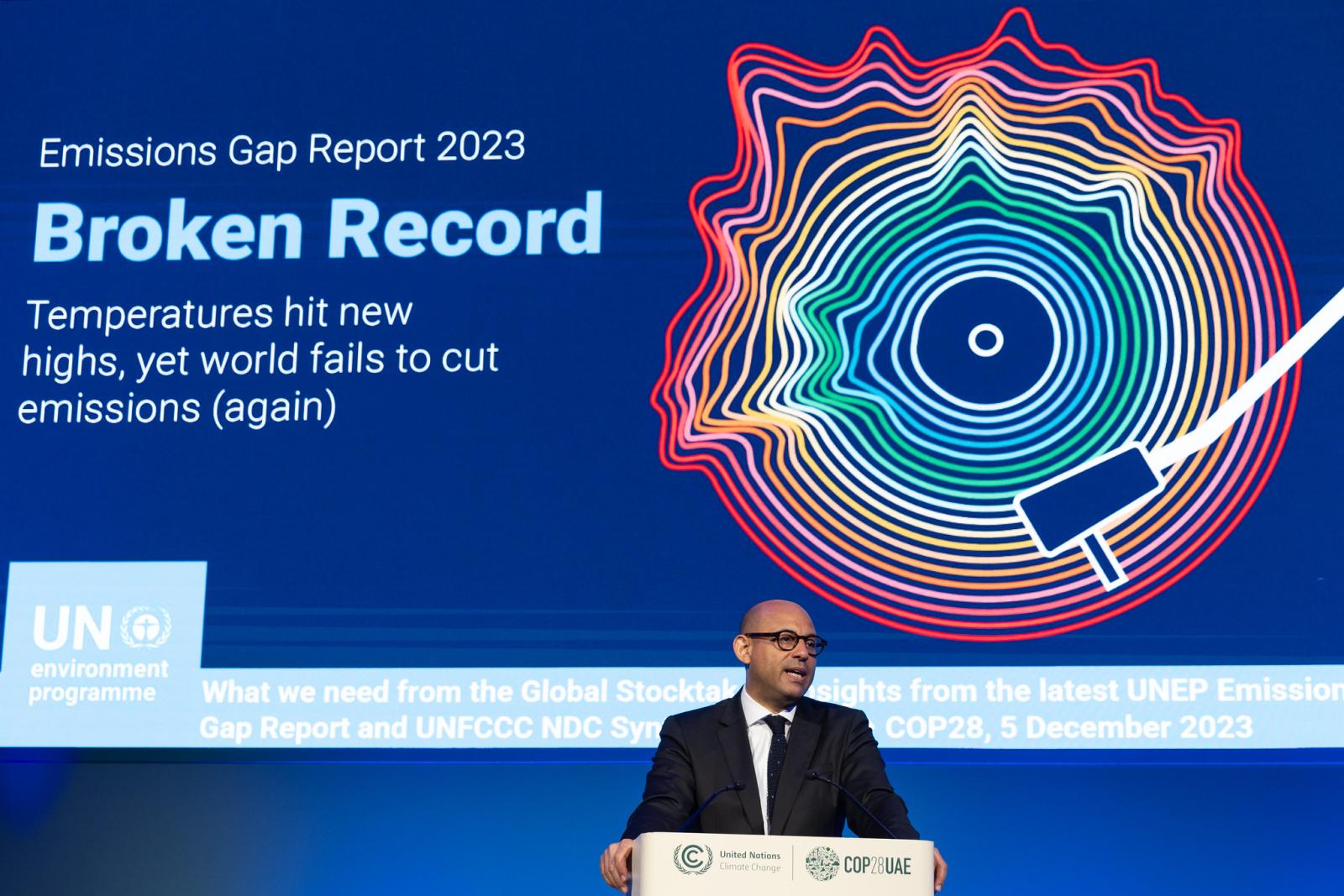The National Agency for the Evaluation of University and Research (the Italian acronym is ANVUR) presented today in Rome the final report on Research Quality Evaluation from 2014 to 2010. This extensive work evaluated the research activity of 95 Universities, 12 Public Research Bodies monitored by the MIUR (the Ministry of Education, University and Research) and 26 so-called “volunteer” bodies. The analysis was carried out for 14 different discipline areas by 14 different groups of experts and involved a total of 450 people, besides thousands of evaluators. Many different evaluation criteria have been used, bibliometrics and not, which were specific to every discipline area.
This snap-shot of Italian Research provides a very complex picture which needs to be analysed in detail. The evaluation itself, then, must be evaluated…and this will require time.
Meanwhile, some coarse-grained considerations can be discussed. The first one concerns the report’s presentation time, which has been finished – as proudly underlined by the ANVUR – one month before the deadline. The report is the first example of analytical evaluation for Italian Research and for the first time “merit” has been given an institutional recognition.
The ANVUR report shows a highly fragmented reality of Italian research, however wide homogeneous areas are also evident. Chemistry and Physics result to be the best two areas and Industrial and Information Engineering is at the third place. Surprisingly, Mathematics does not perform very well, whilst in the international ranking it usually comes at the top. This data might suggest that, among Italian mathematicians groups, some are absolutely excellent (and shine in the international ranking) and others are mediocre. On average, as evaluated by the ANVUR, the result is not so brilliant.
However, the most evident difference in quality is between scientific and humanistic disciplines. Scientific research has a high average quality, whilst the quality of humanistic research is quite low. We can only hazard an explanation, surely not exhaustive: scientific researchers take part to international community and must confront themselves every day with the top world researchers. For the humanistic disciplines, local factors count considerably, leading to self-referentiality and a certain decline in quality. This phenomenon characterizes also some areas of Medicine, Civil Engineer and Economics that are permeated by local interests (and often strong financial interests). These three disciplines, in fact, perform quite badly in the ANVUR report.
It is important to notice, however, that humanistic disciplines’ evaluation is much more challenging than scientific ones. For this reason, prudence must be used when comparing results of different areas and a suggestion for ANVUR future evaluation might be the comparison within homogeneous cultural areas, i.e. how Italian scientists, doctors, engineers, economists and humanists “compete” with their international colleagues.
Another consideration concerns the geographical aspect. Except in extremely rare exceptions, in fact, the best research for every discipline takes place in the North or in the Centre of Italy. The South is almost always absent. This easily predictable result opens to several questions, mostly of political nature: is in the interest of the Country to overcome this gap? And how?
We would like to conclude with a final consideration. Public Research Bodies and the best small and medium Universities perform much better than large Universities in almost every discipline areas. This result cannot be ignored and leads at least to three comments:
First: Public Research Bodies must be valued and not reduced to functional bodies at the service of the State or Industry
Second: It is not true that in Italy there is an excess of Universities or that small and medium Universities are synonymous of poor quality. On the contrary, some small and medium Universities achieve extremely high level of quality.
Third: the comparative data provide a good indication (which deserves to be further discussed) for the desirable evolution of the University system: no reduction of Universities or the closure of small and medium ones. No more separation between research or educational-oriented Universities, but Universities which specialize in research. Even the small and medium Universities can pursue top-level achievements if they focus on a small number of disciplines. Tasks divisions should be agreed on a national level, with an eye always kept at the international scene.


